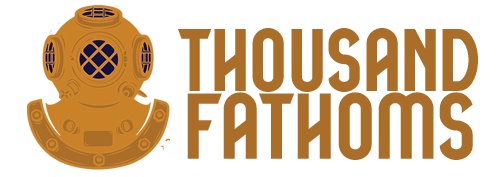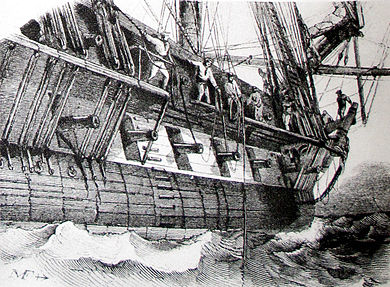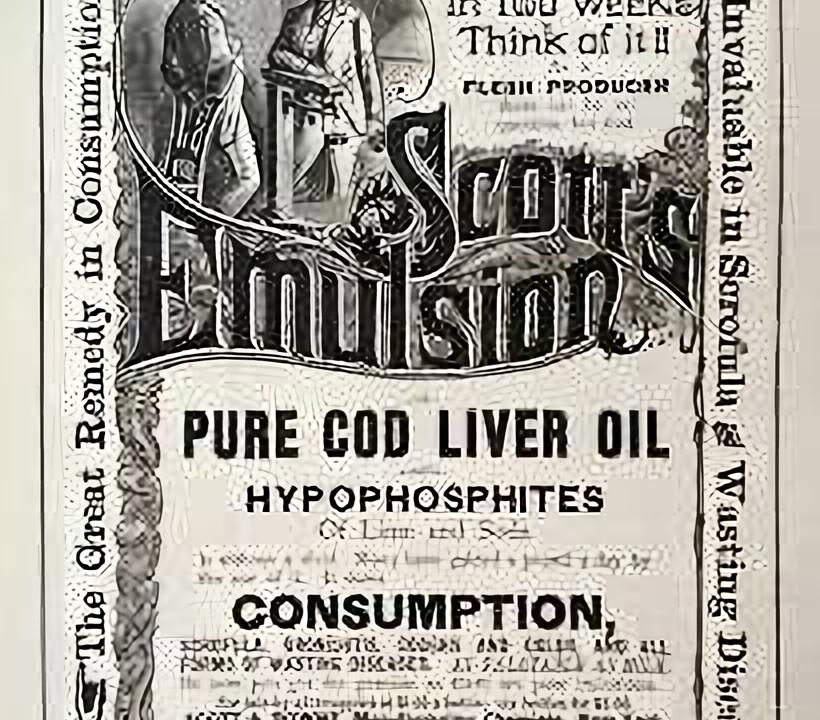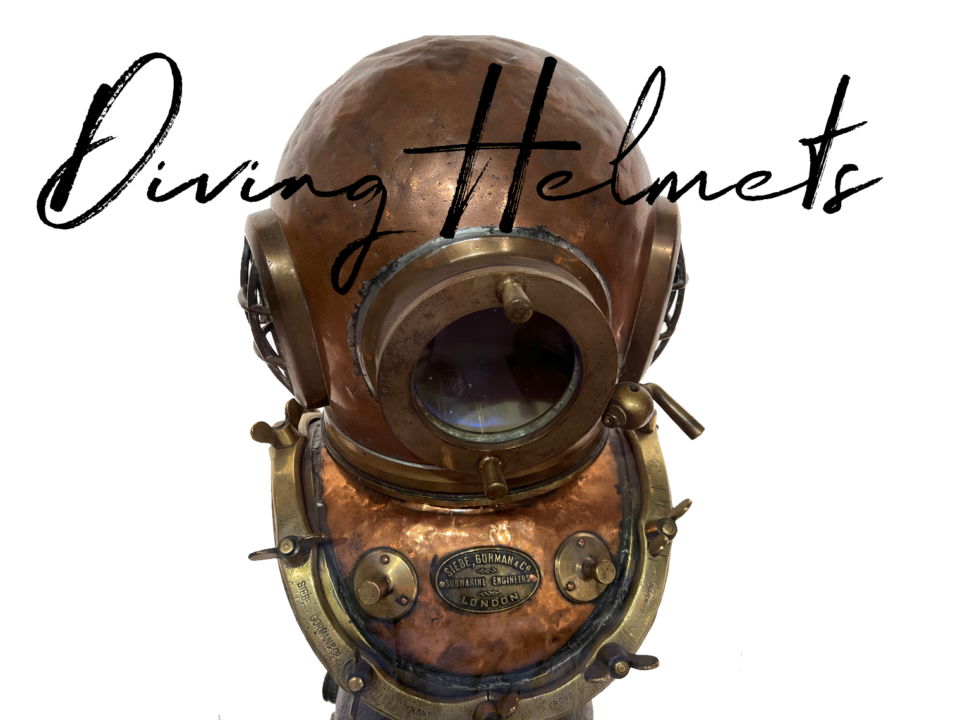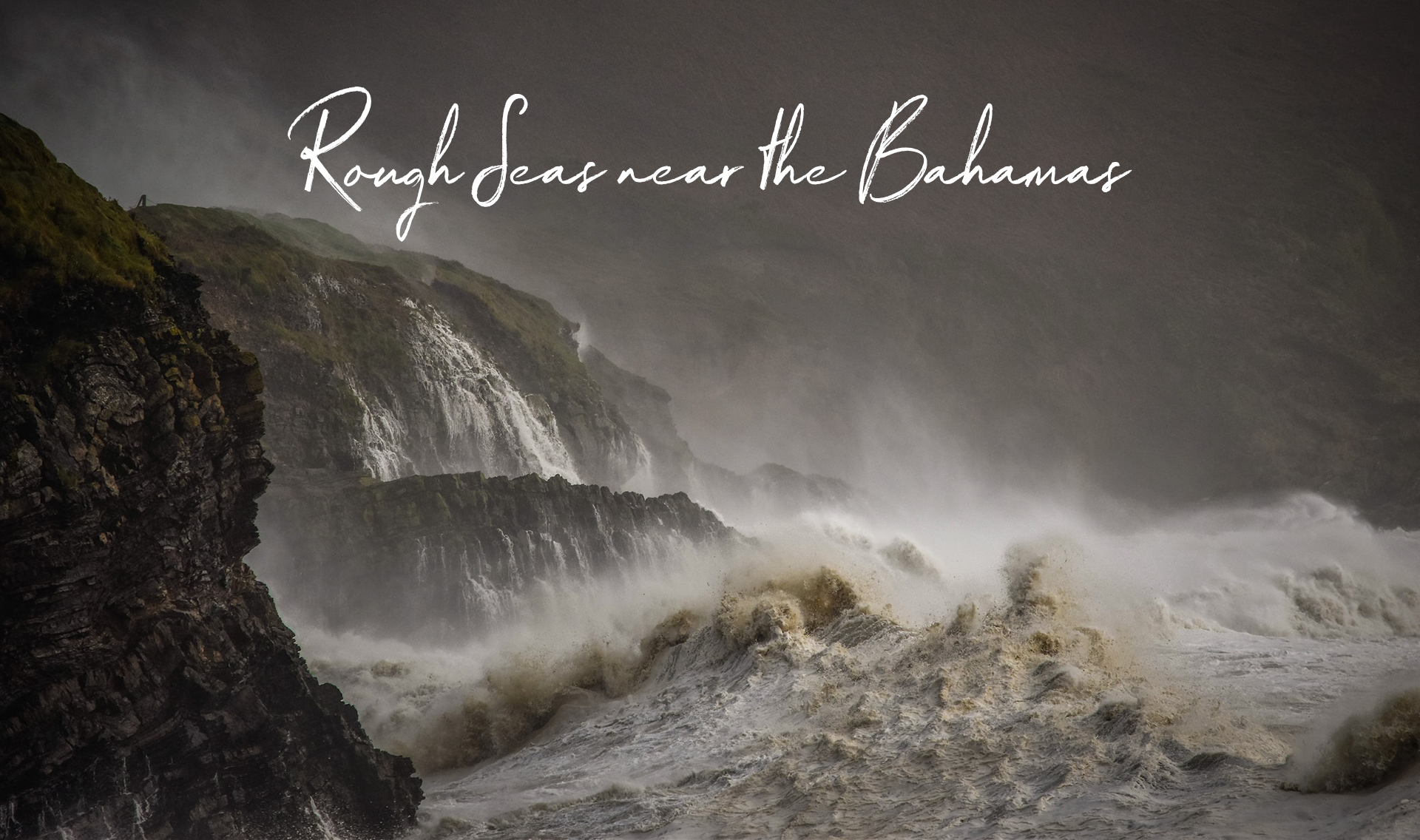
The Squall
September 11, 1878
Going Under Water
September 12, 1878Knowing the depth of the water was extremely important for captains of all ships. If the water was too shallow, the boat would run aground and possibly sink. Sometimes knowing the depth of the water helped sailors determine where they were.
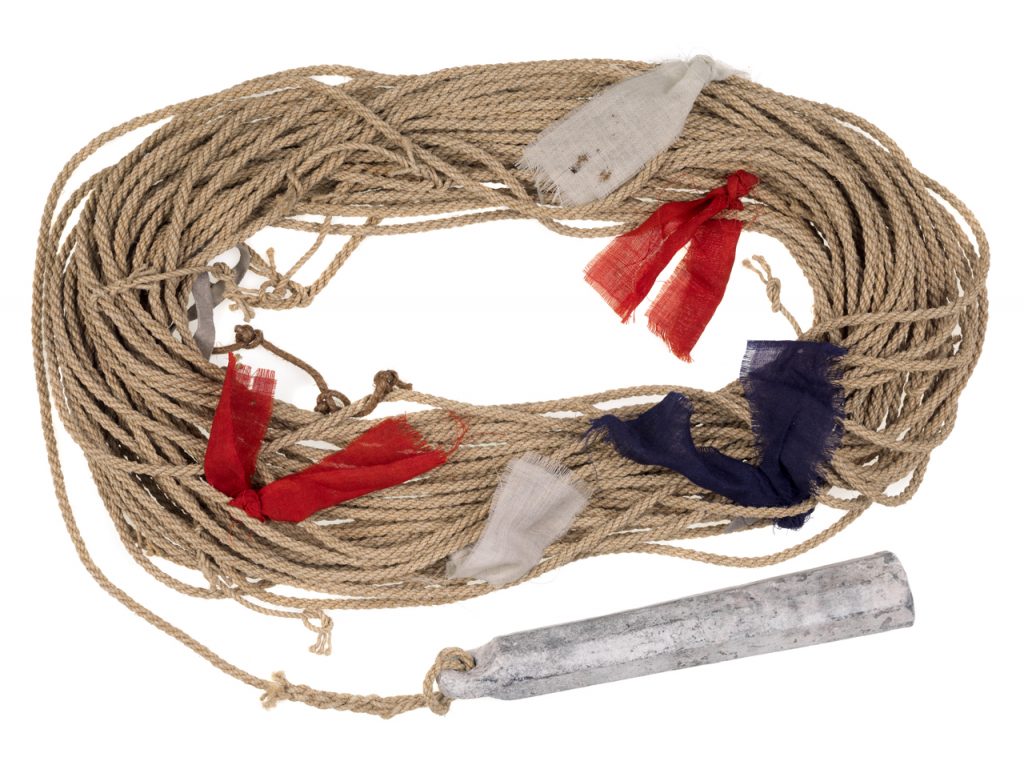
Sounding lead and line.
Depth was measured using a tool called a lead line. This was simply a hemp rope with a heavy piece of lead tied to one end. A mark was made on the rope every six feet, which is equal to one fathom. A crew member would throw the lead line overboard, counting the marks on the line as it sank to the bottom. By multiplying the number of marks by six, the sailor could figure out how deep the water was at that spot. If a sailor counted eleven marks, for example, that meant that the depth of the water equaled sixty six feet (11 x 6 = 66 feet).
Adendeum History note:
A burial at sea (where the body is weighted to force it to the bottom) requires a minimum of six fathoms of water. This is the origin of the phrase "to deep six" as meaning to discard, or dispose of.
Lead lines also had another function. At the bottom of the lead weight was a hollow groove that the sailors filled with wax. When the weight hit the bottom, the wax collected sand, mud, or other contents of the ocean floor. If a captain knew the depth of the water and the nature of the bottom, he could make an educated guess as to where the ship was by comparing his findings to information on a nautical chart of the area.
Navigators used a tool called a chip log to determine the ship’s speed. The chip log was made up of a wooden roller, a long length of rope, and a wooden triangle which was attached to the end of the line (see photo at right). There were knots tied into the rope every fifty feet, eight inches. The triangle, or “chip”, would be thrown behind the boat. As the ship moved forward, line came off the roller. Crew members kept track of how many knots went overboard in thirty seconds. The number of knots counted represented the speed of the ship in knots, or nautical miles, per hour. By knowing his ship’s average speed over the course of a day, the captain could determine how far the ship had traveled.
